Preservation vs. non-preservation.
palimpsest
14 years ago
Related Stories
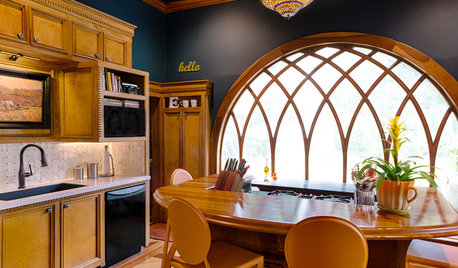
KITCHEN DESIGNKitchen of the Week: Preserving Period Charm in Atlanta
Additions and updates to this kitchen respect the past while meeting the owner's needs in the present
Full Story
SHOP HOUZZShop Houzz: Stay in Bloom With A Preserved Floral Sale
Save up to 20% on preserved bouquets, bonsais and topiaries
Full Story0

PRODUCT PICKSGuest Picks: Canning, Preserving, Steaming, Dehydrating
20 products to help make fall produce last through the season and beyond
Full Story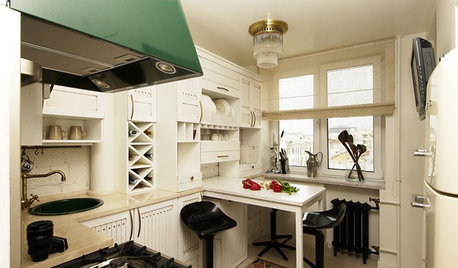
KITCHEN DESIGNKitchen of the Week: Preserving Traditional Flavor in Moscow
A tiny Russian kitchen gets an era-appropriate update that's sensitive to its history but makes better use of the space
Full Story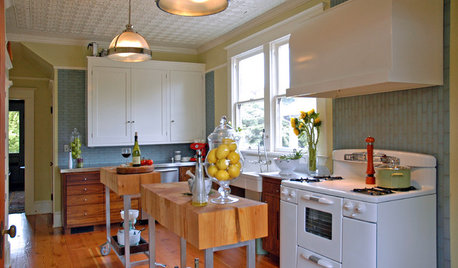
VINTAGE STYLEKitchen of the Week: Preservation Instincts Create Vintage Modern Style
Original features in this 1908 kitchen join new custom accents for a look that bridges the years
Full Story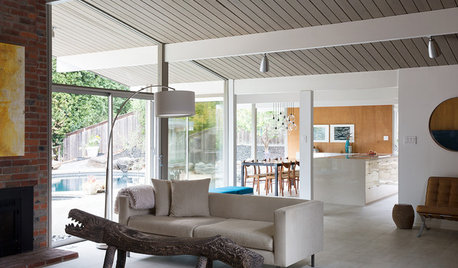
MODERN HOMESHouzz Tour: Updating an Eichler While Preserving Its Spirit
Architects and builders keep this home’s integrity intact while remodeling the kitchen, creating a master suite and adding energy efficiency
Full Story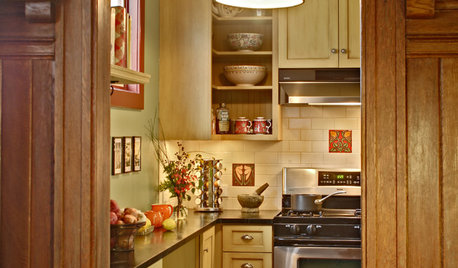
BEFORE AND AFTERSKitchen of the Week: Bungalow Kitchen’s Historic Charm Preserved
A new design adds function and modern conveniences and fits right in with the home’s period style
Full Story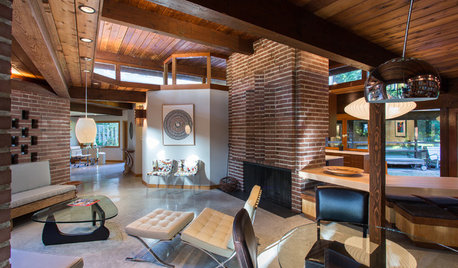
ARCHITECTUREHouzz Tour: Preserving an Untouched Hollingsworth Gem
Heritage status and an architecture-loving homeowner keep a midcentury modern ranch’s spirit alive
Full Story
ORGANIZINGSimple Pleasures: Preserving Analog Memories in a Digital World
Too often our photos and mementos accumulate in computers and in piles. Here’s how to free them up to be displayed and enjoyed
Full Story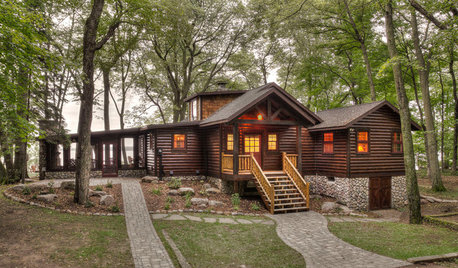
RUSTIC STYLEHouzz Tour: Renovation Preserves Memories in a Rustic Lake Cabin
A Minnesota lake house remodel updates the home while keeping the beauty of the original structure, built by a parent
Full StorySponsored
Columbus Area's Luxury Design Build Firm | 17x Best of Houzz Winner!




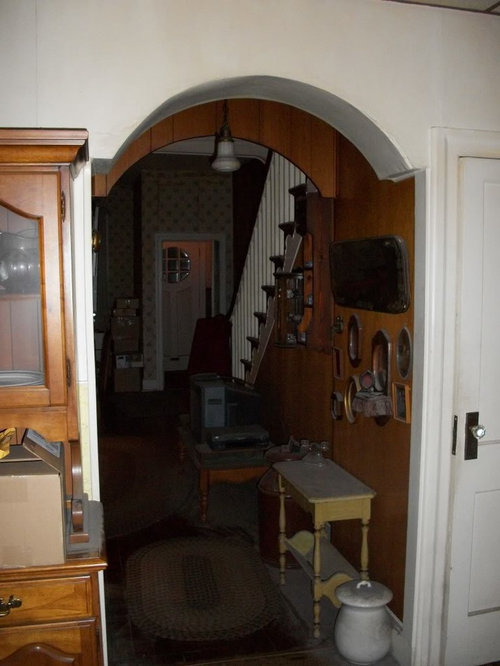
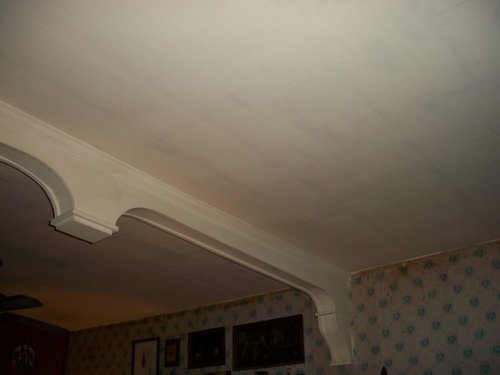
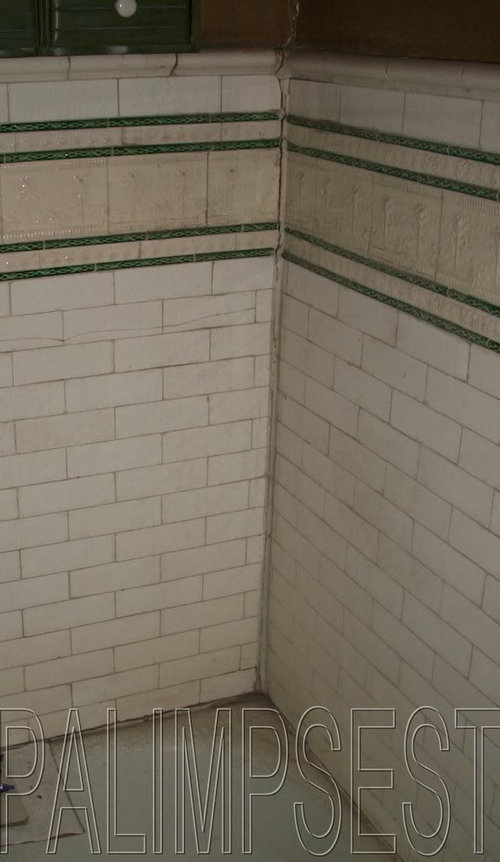





cyn427 (z. 7, N. VA)
redbazel
Related Discussions
non-toxic way to preserve wooden trellis posts
Q
Review of Eugenia Bone's Well-Preserved
Q
I have a non-preserving food safety question
Q
Anyone know a non-toxic wood preservative?
Q
DLM2000-GW
sombreuil_mongrel
camlan
awm03
bungalow_house
palimpsestOriginal Author
doingygirl
palimpsestOriginal Author
cyn427 (z. 7, N. VA)
doingygirl
awm03
igloochic
Kimberlyinva